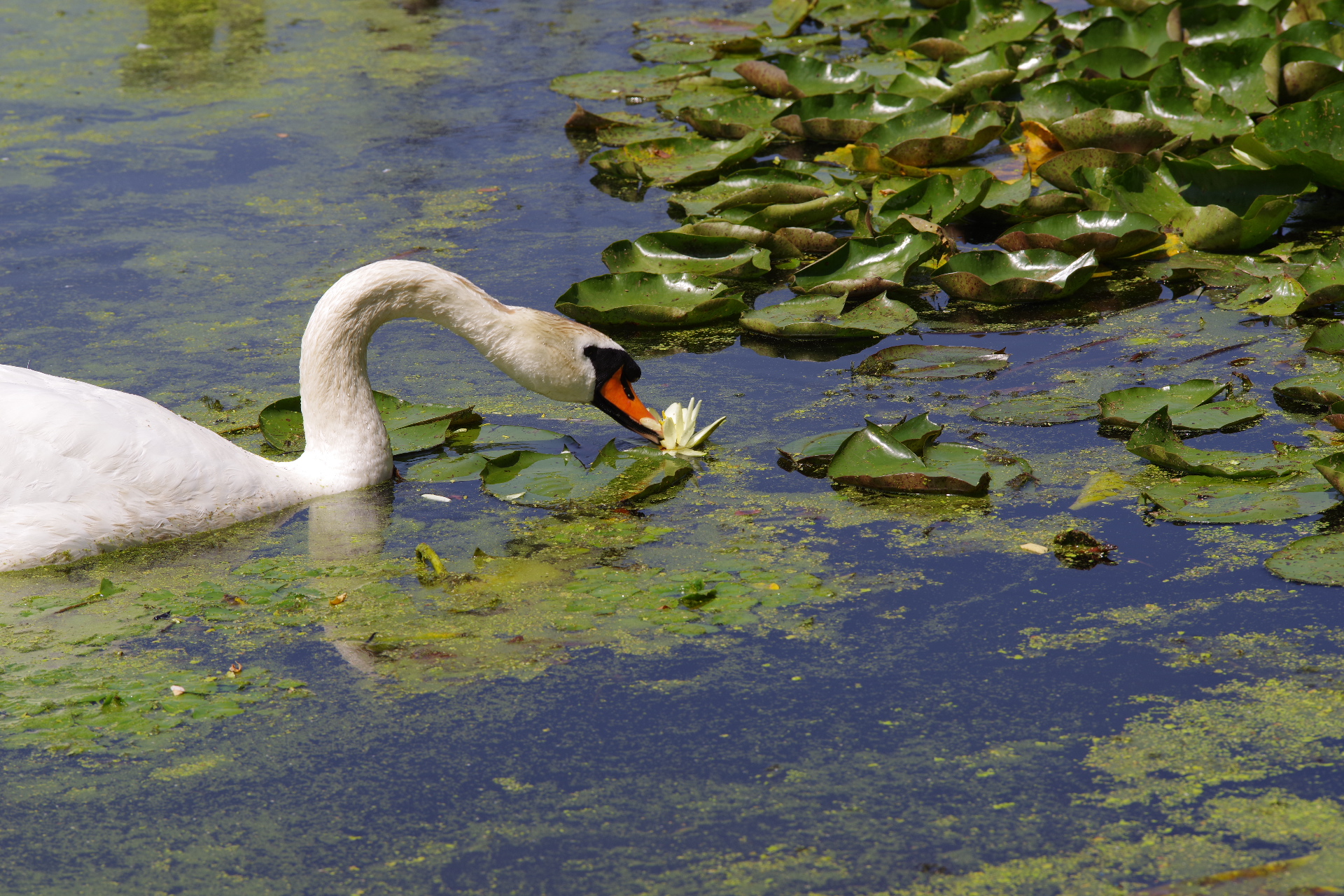Better understanding the endozoochorous dispersal of alien and invasive fishes and plants
Dispersal is a crucial process in community ecology, through which individuals of a species can move into new and often different habitats. Species spread can happen actively, with individuals moving on their own, or passively, aided by dispersal agents. Understanding the dynamics and constraints of dispersal is a key to predict how species will adapt to changing environments, and can indirectly support biodiversity conservation and ecosystem stability.
The study of alien species dispersion is an important though relatively under-studied aspect of biological invasions. The colonisation of isolated wetlands and the introduction of pioneer and alien species are observable phenomena, but the underlying mechanisms are largely speculative. Researchers from the Institute of Aquatic Ecology at the HUN-REN Centre for Ecological Research have undertaken experiments on fish and plants to test hypotheses related to alien species dispersion. Previously, it was widely believed that waterbirds played an important role in the dispersal of fish in isolated water bodies, with fish eggs surviving passage through birds’ digestive tracts (i.e. endozoochory). Researchers at HUN-REN CER recently confirmed this hypothesis—the first such confirmation globally. However, questions persist regarding its prevalence among bony fishes and the variability in dispersal capacities across species.
In a series of feeding experiments with mallards, the researchers investigated the passive dispersal abilities of several common native (Wels Catfish, Common carp, Pike perch, Tench) and alien (Hybrid African catfish, Grass carp, Pumpkinseed, Amur sleeper, Stone moroko) fish species. In their paper, published in the journal Ecography, they reported the recovery of viable embryos of five fish taxa in the faeces of mallard, with successful hatching into larvae in one native (Tench) and one alien (Stone moroko) species. This result provide evidence that endozoochorous dispersal might be a widespread but likely rare phenomenon among bony fishes, with significant variability between species likely due to unique egg characteristics.
Herbivorous birds are known to play a significant role in seed dispersal, dietary studies from Europe showed that waterbirds can disperse hundreds of plant species, including many aliens. Moreover, passage through their digestive system can affect seeds’ germination rates. In a similar feeding experiment, researchers from HUN-REN CER compared the endozoochorous dispersal ability of six pairs of closely related (i.e. congeneric) alien and native wetland plant species. In their study, published in Freshwater Biology, they found that alien plant species can disperse more efficiently, with significantly higher seed passage rates.
However, these seeds germinated more slowly after gut passage compared to native species. Higher seed passage contributes to higher “propagule pressure” in new habitats, increasing the likelihood of establishing new populations of alien species. The delayed germination of aliens’ seeds also can offer a competitive edge to non-native species, particularly if they exhibit a fast growth rate and higher trait plasticity. Considering that mallards typically move several kilometres per day and even longer during migrations long-distance dispersal might be common and important for all studied plant species. Mallards also make shorter daily movements between wetlands, which might assist alien species to become fully established after their introduction to an area.


